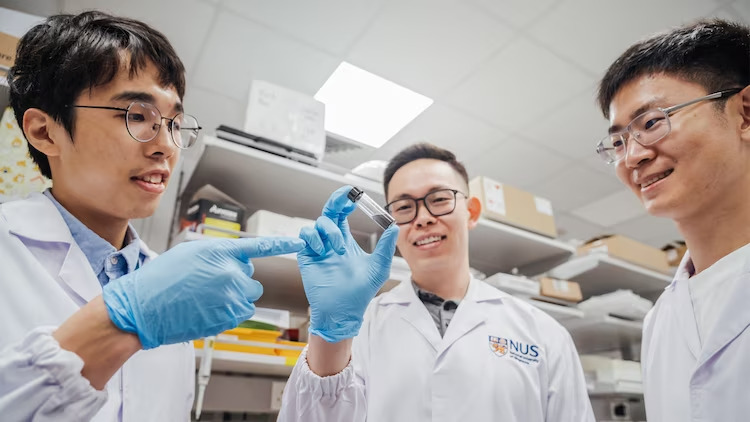A team of scientists has developed an advanced remedial gel with magnetic traits that can hasten the recovery of diabetic wounds or injuries, reduce the odds of wound reoccurrence, and eventually reduce the requirement for limb amputations. Experts from the National University of Singapore (NUS) have developed this magnetic gel for diabetes patients. The treatment involves the application of a bandage filled with a hydrogel consisting of skin-healing cells and magnetic elements.
To augment the healing process, an exterior wireless magnetic device is engaged to stimulate skin cells, accelerating wound recovery, with an apt magnetic prompt that lasts nearly one to two hours.
Experts say that the new magnetic hydrogel has skin cells for healing and magnetic elements that take an inclusive approach to healing wounds in diabetes patients. Many lab tests have shown that the new treatment used with magnetic stimulation can heal diabetic wounds three times more rapidly as compared to the existing traditional approaches.
The findings of the study have been released in the scientific journal known as Advanced Materials. The authors of the study have said that the new tool also regulates increased levels of glucose in the wound area, stimulates latent skin cells near the wound, repairs damaged blood vessels, and restores the disturbed vascular system within the wound. Around half a billion people across the globe suffer from diabetes, and the number is expected to increase majorly in the future.
Severe diabetic wounds like foot ulcers are a significant healthcare challenge globally. There are nearly 9.1 million to 26.1 million cases of diabetic foot ulcers across the world. Experts say that around 15 to 25 percent of diabetic people are at risk of developing a diabetic foot ulcer. The magnetic wound-healing gel has been designed using two forms of FDA-authorized skin cells, keratinocytes that are vital for skin repair, and fibroblasts, which are critical for the construction of connective tissue along with tiny magnetic bits.

